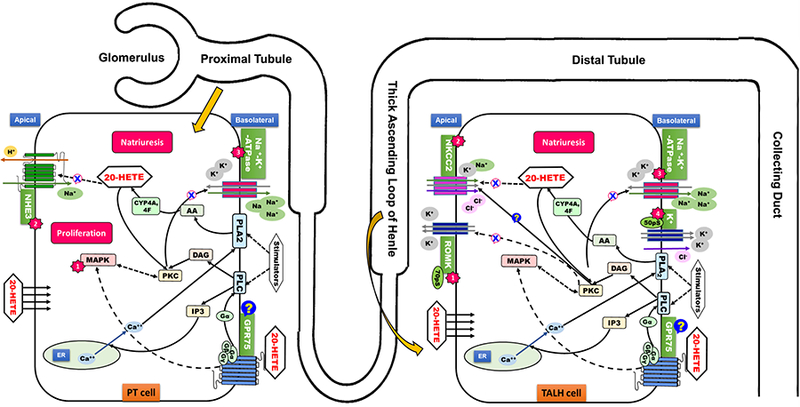Figure 2. The effect of 20-HETE on different segments of the nephron to enhance natriuresis.

20-HETE is actively produced from PLA2-mediated formation of AA in proximal tubular cells and TALH cells by hormonal and stress stimulators downstream of PLC-mediated increases in intracellular Ca2+. 20-HETE may act intracellularly or via GPR75. In proximal tubular cells, 20-HETE promotes cellular proliferation by activation of PKC/MAPK mediated signaling pathway (1). 20-HETE also internalizes NHE3 via an undefined process (2) and inhibits activity of Na+-K+-ATPase by PKC-mediated phosphorylation (3), thereby diminishing sodium transport from the apical (luminal) to basolateral side of proximal tubule cells. In TALH cells, 20-HETE inhibits the apical NKCC2 cotransporter (2) and basolateral Na+-K+-ATPase (3) to prevent sodium reabsorption from the renal tubular lumen into the basolateral space. 20-HETE also inhibits the 70pS ROMK located on the apical side (1) and the 50pS ROMK located on the basolateral side (4), which normally contribute to NKCC2 cotransporter activity by allowing for K+ back-leak into tubular lumen and driving Cl− transcellular flux, respectively. All of the actions on proximal tubule cells and TALH cells by 20-HETE contribute to natriuresis and the prevention of water-sodium retention. NHE3, sodium-hydrogen antiporter 3; NKCC2, Na+-K+−2Cl− cotransporter; ROMK2, renal outer medullary potassium channel 2; PLA2, phospholipase A2; PLC, phospholipase C; PKC, protein kinase C; TALH, thick ascending loop of Henle. See text and Figure Legend 1 legend for additional details.
